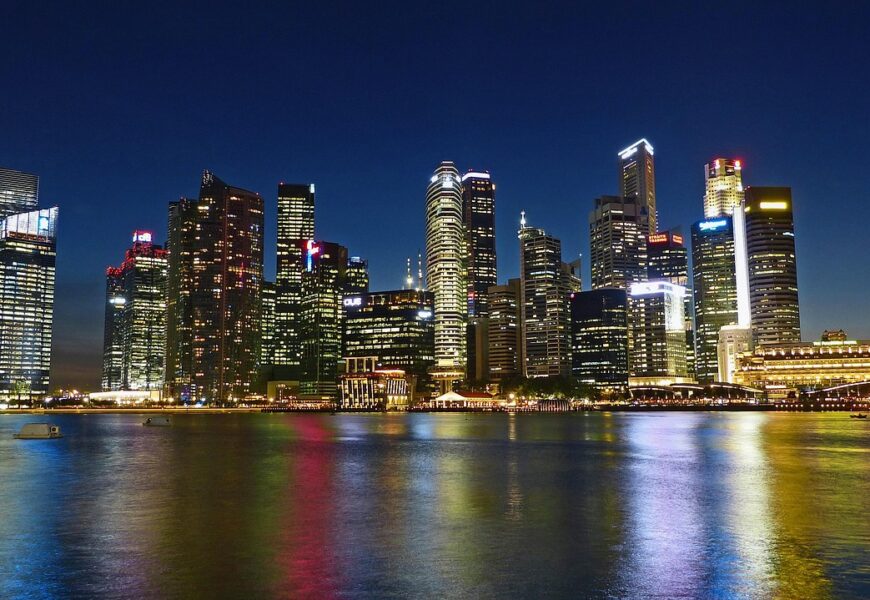Thailand’s red light districts represent a complex and controversial aspect of the country’s social landscape, attracting global attention for decades. These areas, primarily located in major cities like Bangkok and Pattaya, have become infamous for their adult entertainment venues, complex social dynamics, and significant economic implications. While often sensationalized in media, these districts represent a nuanced intersection of economic survival, tourism, and cultural complexities that demand a deeper understanding beyond surface-level stereotypes.
Historical Context and Social Origins
The emergence of Thailand’s red light districts can be traced back to complex socioeconomic factors dating to the mid-20th century. Economic disparities, limited rural opportunities, and the impact of regional conflicts created circumstances where sex work became a potential economic survival strategy for many marginalized individuals. During the Vietnam War era, areas like Patpong in Bangkok gained international recognition as American soldiers sought entertainment, inadvertently establishing a foundation for future tourism-driven adult entertainment industries.
These districts evolved from informal economic networks into structured entertainment zones, developing intricate social systems that intertwined local communities, international tourists, and economic survival mechanisms. The transformation reflected broader societal changes, including urbanization, globalization, and shifting economic landscapes that provided limited alternatives for individuals from economically disadvantaged backgrounds.
Legal and Regulatory Framework
Thailand’s approach to regulating red light districts remains complex and multifaceted. While prostitution is technically illegal, enforcement remains inconsistent, creating a de facto tolerance that allows these areas to operate with minimal direct intervention. Government policies oscillate between attempting to control and tacitly permitting these entertainment zones, recognizing their significant economic contributions to local and national economies.
Municipal regulations vary across different regions, with cities like Bangkok and Pattaya implementing more nuanced approaches compared to smaller municipalities. Local authorities often focus on managing public health concerns, preventing explicit solicitation, and maintaining basic safety standards rather than comprehensive prohibition. This pragmatic approach reflects the intricate social and economic realities underlying these entertainment districts.
Economic and Tourism Dynamics
Red light districts represent a substantial economic ecosystem generating significant revenue through multiple channels. Beyond direct entertainment services, these areas support extensive auxiliary industries including hospitality, transportation, food services, and retail. Annual economic contributions are estimated in hundreds of millions of dollars, making them a critical component of local economic infrastructures in cities like Pattaya and Bangkok.
International tourism plays a pivotal role in sustaining these districts, with visitors from Europe, North America, and other Asian countries comprising a substantial customer base. The entertainment industry has developed sophisticated marketing strategies targeting specific demographic segments, creating highly specialized venues catering to diverse international preferences and expectations.
Social Impact and Human Rights Considerations
The existence of red light districts raises profound human rights and ethical questions regarding individual agency, economic vulnerability, and systemic inequalities. While some individuals enter these industries through personal choice, many are driven by economic necessity, limited educational opportunities, and structural poverty. International and local organizations continuously work to provide alternative economic opportunities, support services, and rehabilitation programs for individuals seeking to transition out of sex work.
Complex psychological and sociological factors contribute to the ongoing existence of these districts. Poverty, gender inequality, limited social mobility, and globalization’s uneven economic impacts create environments where sex work remains a perceived viable economic strategy for marginalized populations. Understanding these nuanced dynamics requires moving beyond simplistic moral judgments toward comprehensive social analysis.
Safety and Personal Considerations
Individuals exploring these districts must prioritize personal safety, health awareness, and ethical considerations. Recommended precautions include maintaining situational awareness, avoiding excessive alcohol consumption, using reputable establishments, and practicing comprehensive personal safety protocols. Health experts strongly advise medical screenings, practicing safe interactions, and understanding potential risks associated with these environments.
Responsible engagement requires recognizing the human dignity of all individuals, avoiding exploitative behaviors, and maintaining respectful interactions. Visitors should approach these areas with cultural sensitivity, understanding the complex socioeconomic contexts that shape these unique urban environments.
In conclusion, Thailand’s red light districts represent far more than sensationalized entertainment zones. They embody complex intersections of economic survival, cultural dynamics, and global social transformations. Understanding these areas requires nuanced perspectives that recognize individual human experiences, systemic challenges, and the broader societal contexts shaping these unique urban landscapes. Responsible engagement, empathy, and comprehensive social understanding remain critical in addressing the multifaceted realities of these controversial yet significant social spaces.









